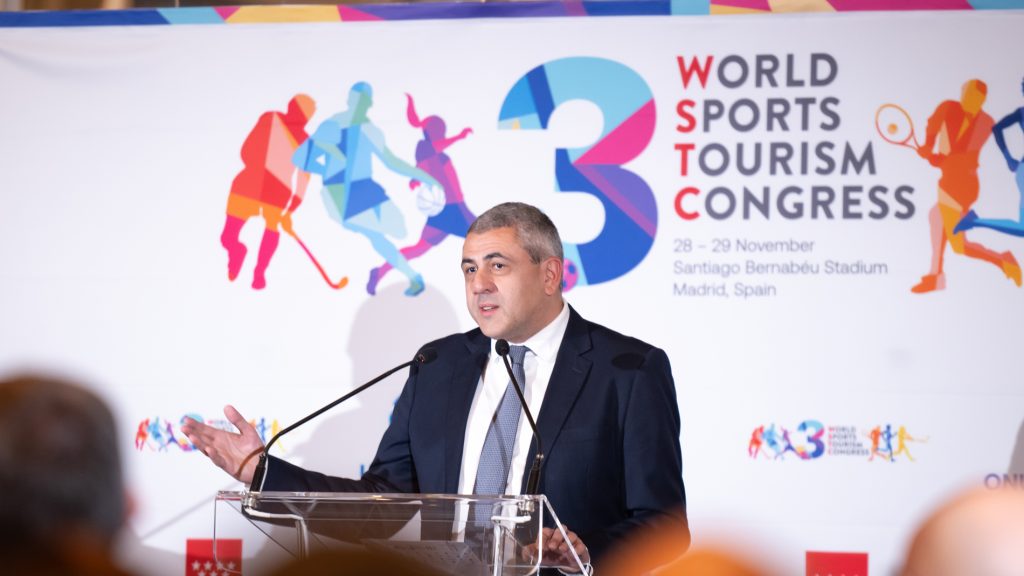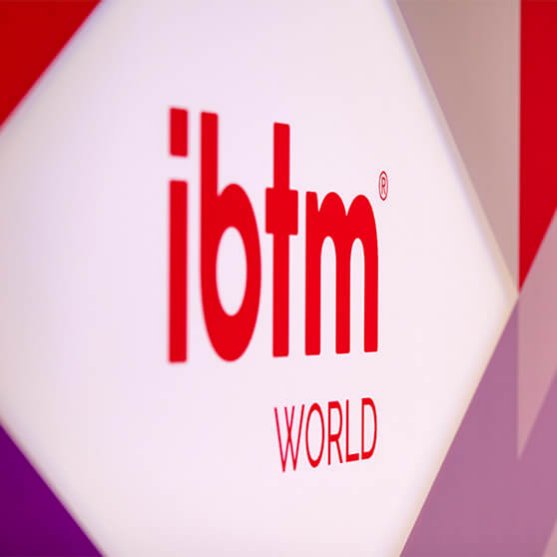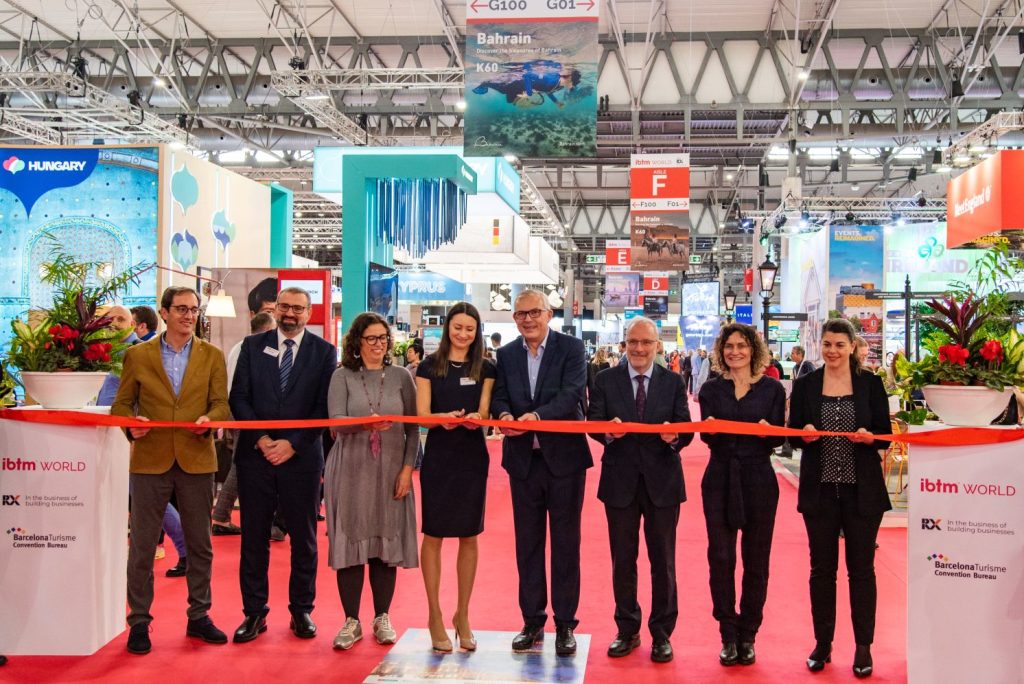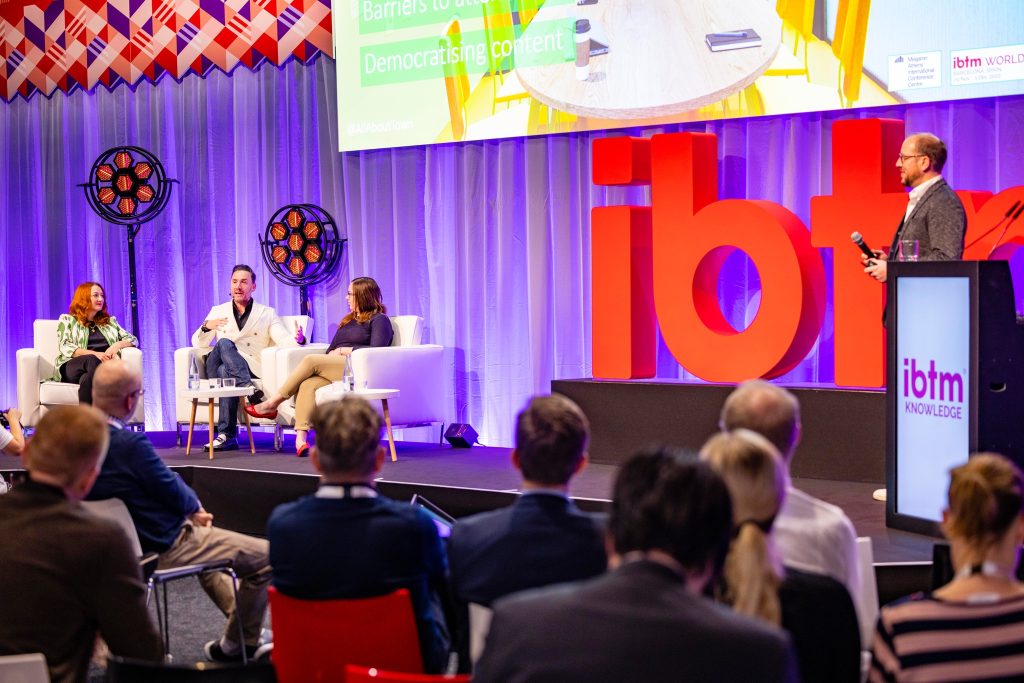A solid incentive market in 2017
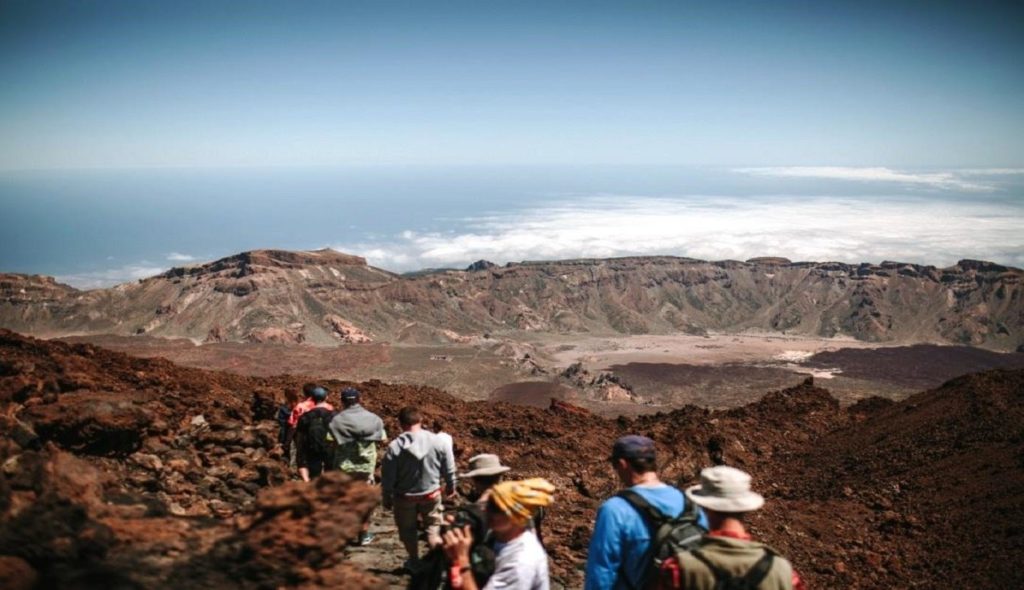
Share news
Listen
Sign of that health is the average per-person spending on incentive travel programmes which, after five complicated years, is heading North again according to a MeetingsNet/IRF 2016 incentive travel survey, at $3,165 up from a low of $2.397 in 2014 and a recovery to $3.046 in 2015. Also a SITE study points to 60% of buyers planning to increase the number of people eligible for incentive travel and nearly half saying budgets have increased. It is time to motivate, to stimulate sales and it has been more than proven that unique experiences are one of the best ways to achieve that.
However, we should not overlook challenges. The first one is compliance. As Rob Davidson highlights in his IBTM World Industry Trends Watch 2016, the US Department of Labor now requires financial advisers to be transparent about how they are compensated, which brought speculation that some companies may reduce or eliminate incentive events. Compliance will definitely be a challenge in the coming years. Another one is security, from terrorism or Zika. As SITE President Rajeev Kohli says, “risk management is high on the corporate agenda”. The reaction is not so much cancellations as the need to identify and evaluate the possibility of risk and follow a clear risk management plan. So more than a threat, security is a new requirement for incentive travel.
Another trend, as the 2016 SITE Index shows, is disintermediation, which comes facilitated by technology. The solution for industry players is to adapt and add value. As Rajeev Kohli (SITE president) reminds us, most players they surveyed are developing more creative ways to add value. This may include offering more authentic destination related experiences; advising clients of local events they can take advantage of; sourcing unique venues for unconventional events; and incorporating ideas from other destinations/countries”. In a Darwinian market, designing and delivering more creative, personal and relevant programmes is the way forward.


